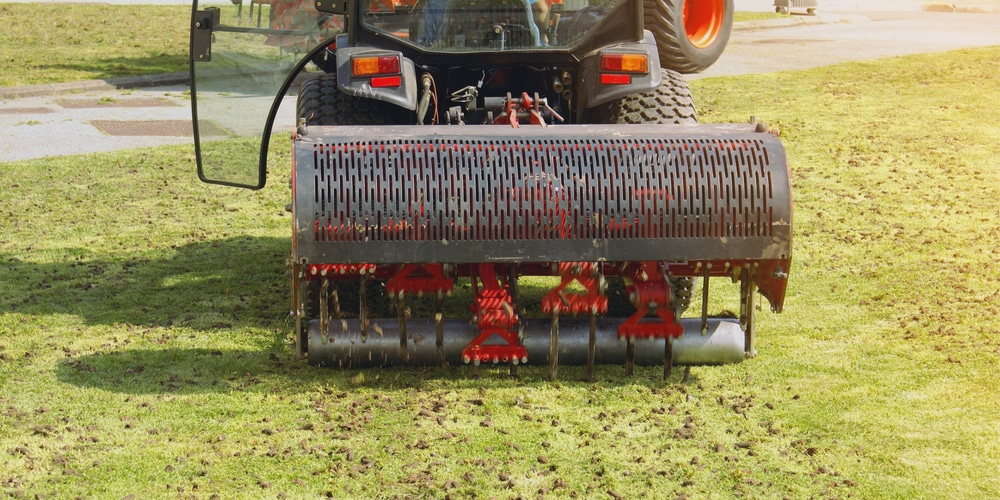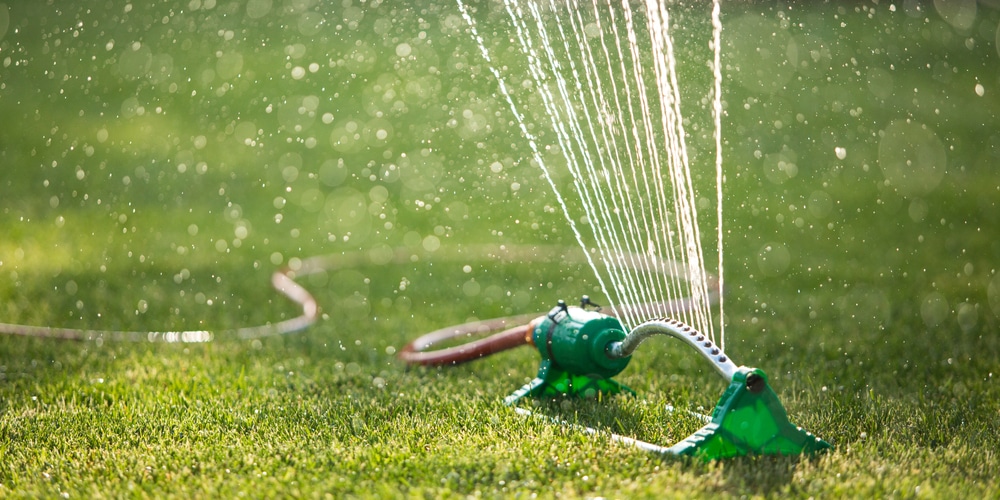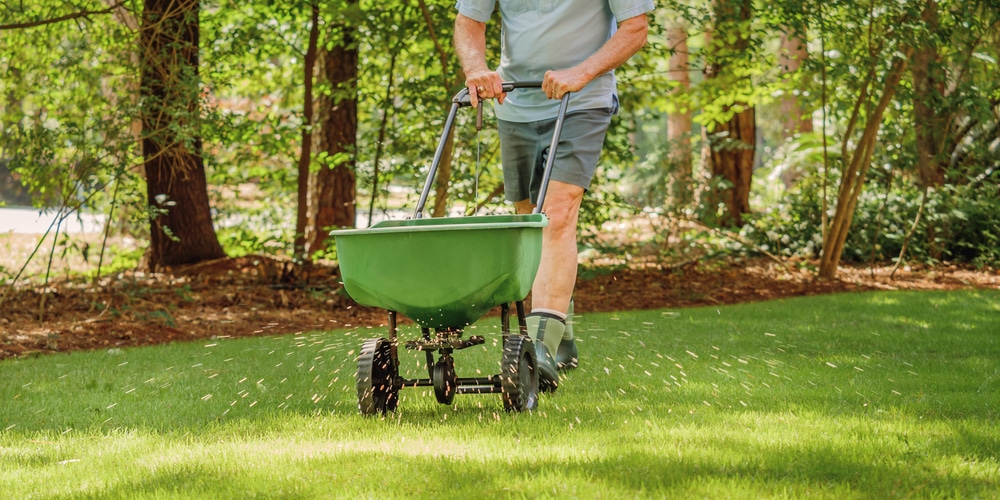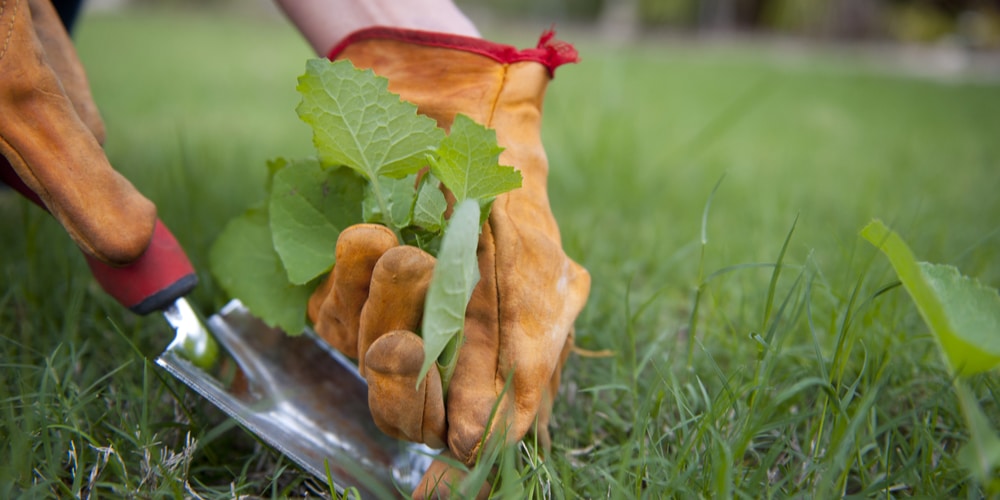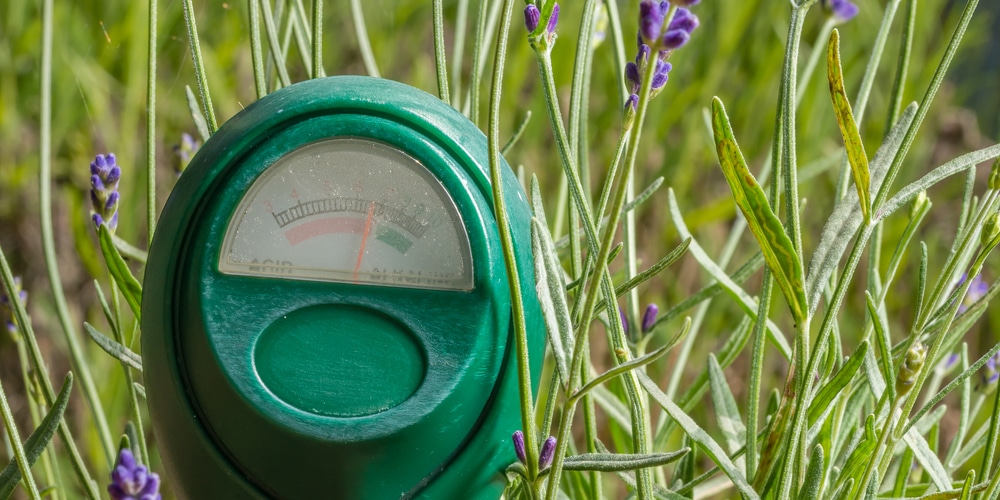Kentucky bluegrass is a lush and beautiful lawn grass that can be grown in many areas of the United States. It’s considered to be one of the most popular turfgrasses on the market, but if you’re looking for ways to improve it, then this article is for you! Kentucky bluegrass is easily damaged by foot traffic, so we’ll cover how to make your Kentucky Bluegrass thicker with these easy-to-follow steps.
1. Aerate Your Bluegrass
Thoroughly aerate the Kentucky bluegrass. Thinning out grass roots can help increase root depth and strength, which will result in a thicker lawn.
Thicker Grass Roots –> Thicker Lawn
You can do this by using an aerator tool, which you can rent from your local hardware store. Now’s also a good time to remove any dead grass or weeds that are growing in the lawn.
You don’t want these competing for water and nutrients with living Kentucky bluegrass plants! This will make it easier to see where the bare spots are on your lawn, so be sure to check them out carefully before proceeding with further steps.
If there is at least one square foot of healthy turf around each area without roots, then you’re ready for step two! An aerating machine makes thinnings much more simple than when done manually. Thinning grass roots can help increase root depth and strength, which will result in a thicker lawn.
2. Water your Grass Properly
Now that the Kentucky Bluegrass is thinned out, it’s time to make it thicker! You’re ready to water it properly! Make sure your sprinklers are working correctly and give all areas of the lawn a good soak. If possible, avoid watering in the evening or early morning hours when there’s still dew on the grass leaves because this can lead to fungus growth.
It’s also important not to overwater during hot summer days with no rainfall, as drought stress makes Kentucky bluegrass more susceptible to diseases like leaf spot. You should only be using about one inch of water per week on average – if you have any doubts about how much your yard actually needs each time, then consider purchasing a rain gauge so you don’t over-water.
3. Apply fertilizer to Kentucky Bluegrass
The next step is to apply a high-quality turf grass fertilizer, like this organic (and non-burning!) variety. It’s best to do this after you’ve watered the lawn properly because it will help maximize absorption into your bluegrass’ roots.
You’ll want to use about half of the recommended amount on most products unless otherwise specified – always follow product instructions carefully! If you’re still feeling unsure about how much is enough for your yard, then consider consulting with an expert at your local garden center or nursery for more information! Be sure not to fertilize if rain is in forecast so that nutrients don’t run off and cause further damage nearby areas where little weeds are growing.
4. Pull up any weeds
When you’re done fertilizing, it’s time to pull up any pesky little weeds that might be growing in your lawn. These can compete with Kentucky bluegrass for water and nutrients – the last thing we want is a bigger weed problem! Even if there aren’t many of them around now, make sure they don’t spread any further by removing their roots entirely. This also allows you to see even more clearly which areas need improvement before moving on to step five! Bluegrass spreads fast.
You’ll want to use an appropriate herbicide (preferably organic!) for Kentucky bluegrass plants like this one. Make sure not to spray too much or else it could damage surrounding grass areas as well.
5. Measure PH level
To help prevent future problems from occurring, you’ll want to get a soil test so that you can check the PH level of your yard. Most experts recommend keeping it between about pH five and seven, but this varies depending on where you live. Your Kentucky bluegrass can’t get thicker if the PH level isn’t correct.
You don’t need any fancy equipment or materials in order to conduct this simple test because basically anything with high acidity will work (like lemon juice). Just put some in water and mix thoroughly before applying to bare spots in your grass. If needed, apply lime at the rate recommended by local garden centers until desired results are achieved.
6. Use the Right Herbicide for Bluegrass
Use an appropriate organic herbicide for kentucky bluegrass on weeds if the PH level of your soil is still too high. It’s best to do this in late fall so that you’ll have healthier grass for next summer! If there are any other problem areas, then it might be necessary to use an even more powerful herbicide or reseed those particular sections with fresh Kentucky Bluegrass seeds.
Conclusion
We hope this guide to making Kentucky bluegrass thicker was helpful and informative. Make sure that you are using the proper grass for your yard. You may wish to compare fescue vs bluegrass. And, is it the best time of year to plant grass where you live? Bluegrass doesn’t do as well in the hot summer months, since it is a cool season variety.
